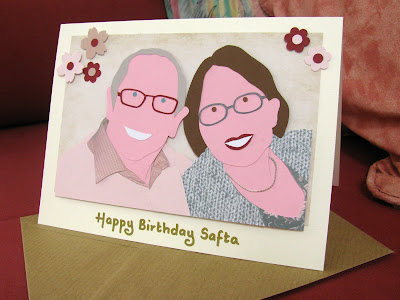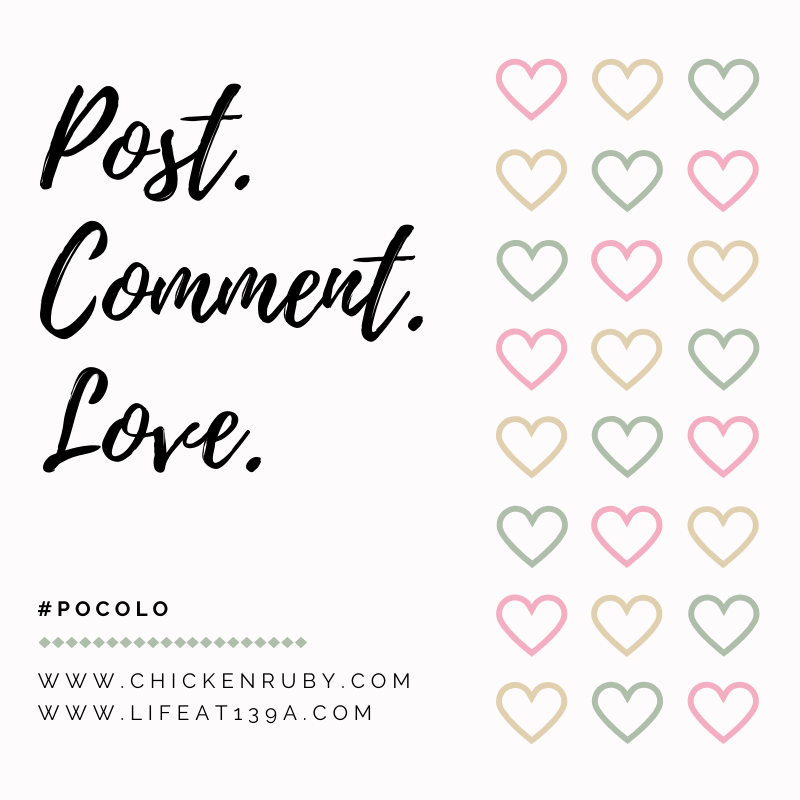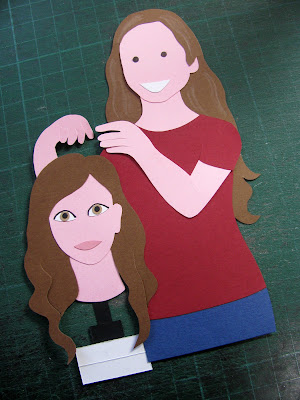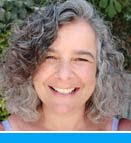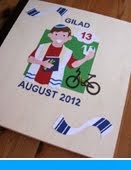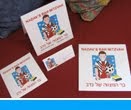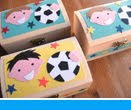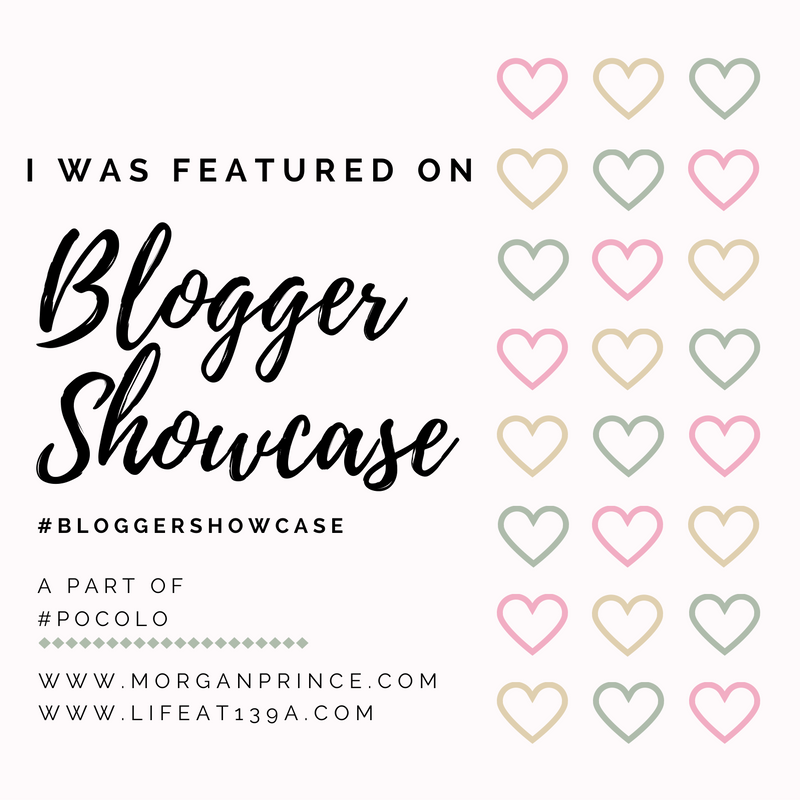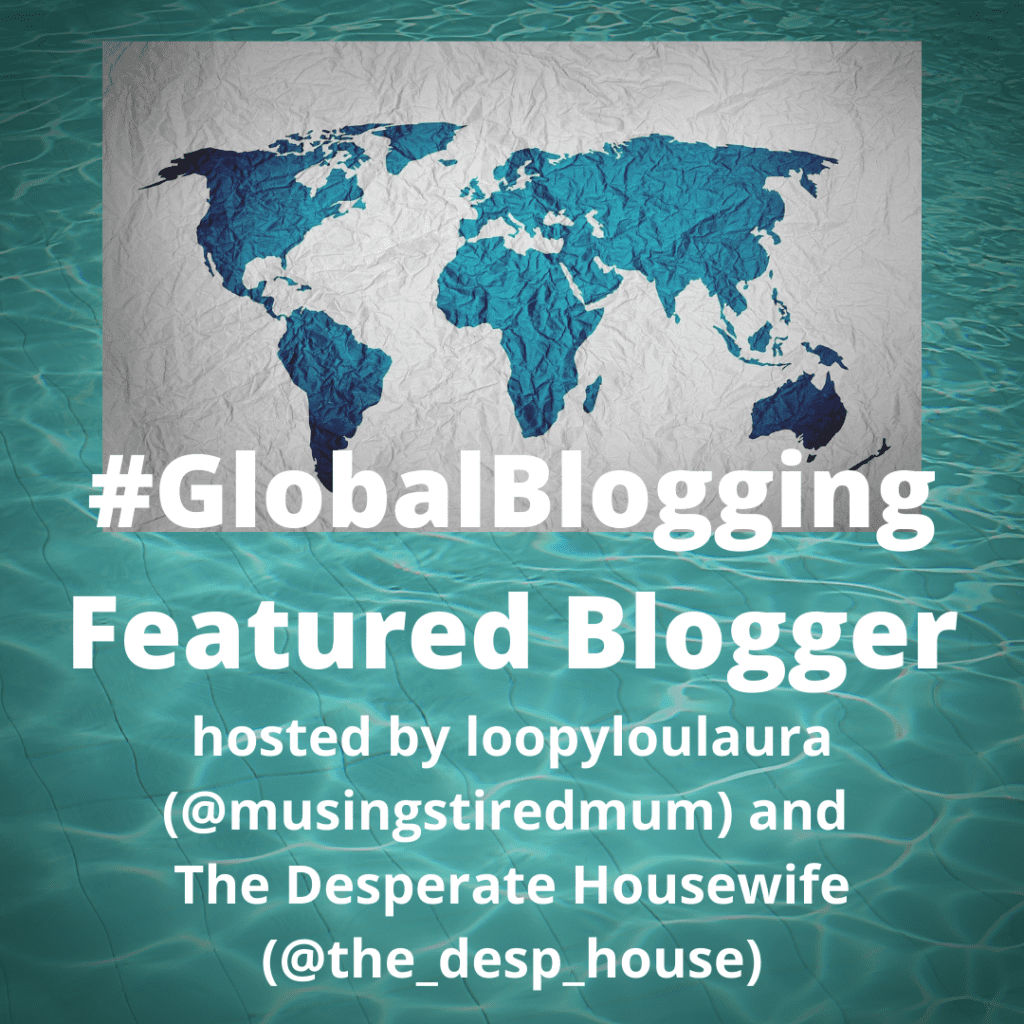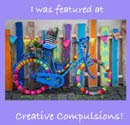The Hebrew name Ayelet means deer or gazelle. It starts with the letter Aleph, pronounced ah-lef, and is the first letter of the Hebrew alphabet. It is written as א and spelled as אלף. This letter is actually the source of the Greek letter Alpha, as you can see by the similarities in the two letters' names, and the English letter "A" is therefore ultimately derived from Aleph as well.
In Modern Israeli Hebrew, the letter is sometimes silent (word-finally always, word-medially sometimes: הוא "he", ראשי "main", ראש "head", ראשון "first"). Its pronunciation varies in different Jewish communities.
The root of the word Aleph is also connected to many other words in the Hebrew language. The world "eleph," for example, means a thousand. The word "aluf," which also comes from the same root, means a (military) "general," or a "champion". The letter Aleph has connotations of greatness!
Since the letter Aleph is the first letter in the Hebrew alphabet, it therefore symbolises oneness and unity. In Judaism it is often associated with the oneness of monotheism. Every letter in the Hebrew alphabet also has a numerical value, or gematria, so naturally the numerical value assigned to Aleph is one. You may see this most commonly when the Hebrew year is written out. For example, last year, 2021, the Hebrew year was 5781 - תשפ"א. The Aleph in it represents the one. When an Aleph is used at the beginning of Hebrew years, it means 1000.
The Bible begins with the second letter of the alphabet, bet. There is a midrash (an ancient rabbinic interpretation of scripture) that says the letter Aleph is rewarded by being allowed to start the Ten Commandments. (In Hebrew, the first word is אנכי, which starts with an Aleph.) Aleph is also the first letter of the Hebrew word emet (אמת), which means truth. In Jewish mythology, it was the letter aleph that was carved into the head of the golem that ultimately gave it life. (In Jewish folklore the golem was a creature created by magic, often to serve its creator.) Ayelet also received one of my papercut cards on her birthday. I cut out her name in Hebrew letters and added the 50 to mark her age. As I have already mentioned, the name Ayelet means deer or gazelle. The name was taken from the phrase אילת השחר (ayelet hashachar), literally "gazelle of dawn", which is a name of the morning star. The phrase ayelet hashachar is found in the Bible at Tehillim 22:1. The entire verse reads: "la-menatzeaḥ al ayelet ha-shaḥar mizmor le-David."
Other related Hebrew name choices with the same meaning are Aya and Ayala. The masculine form of the name is Ayal.
* I have previously posted about the Hebrew letters Hey, Lamed, Mem, Nun and Resh. You can click on the name to read about each letter.
** This post has been shared on The Good. The Random. The Fun., Wordless Wednesday (on Tuesday), Wonderful Wednesday Blog Hop, Crafty Creators Link Party and Creatively Craft Link Party.


















